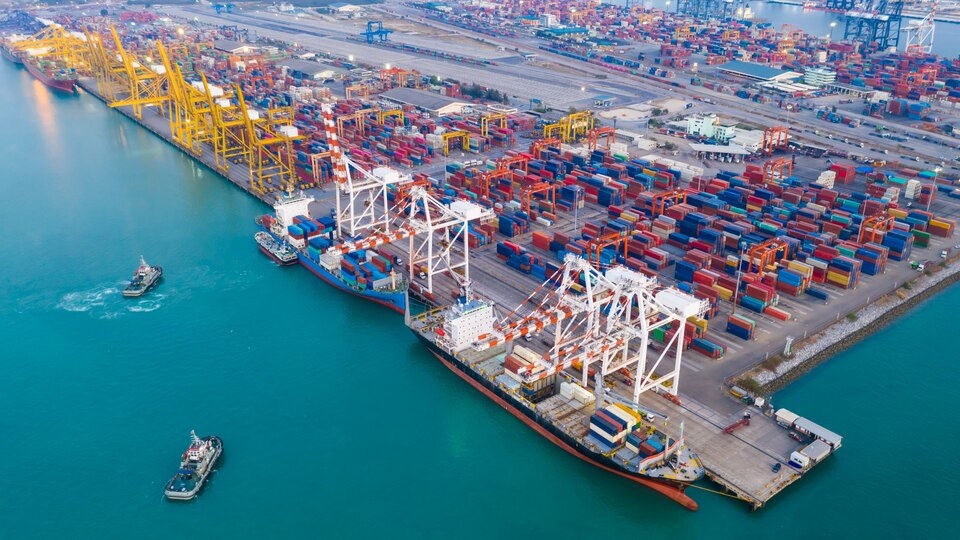
More Than Just Docks: The Future of Smart, Green, and Resilient Ports
Ports are no longer just docks. They are hubs of technology and trade. Modern ports combine efficiency, sustainability, and resilience. Automation and artificial intelligence drive faster cargo handling. At the same time, green initiatives reduce pollution and energy use. Climate change forces ports to adapt to rising waters and stronger storms. The future of trade depends on smarter and cleaner ports. Every new project reflects a vision of progress and responsibility. Ports now aim to be both economic engines and environmental stewards. This transformation is crucial for global supply chains.
Technological Advancements in Ports
Automation reshapes the way ports function. Cranes and vehicles move containers with precision. Artificial intelligence predicts traffic and cargo needs. Sensors track shipments in real time. This reduces delays and boosts productivity. Then software optimizes storage and routing decisions. Ports now resemble smart cities with constant data flow. These innovations allow better planning and faster turnaround. Workers focus on supervision and maintenance instead of manual tasks. Advanced tools also improve safety and minimize accidents. Every modern port embraces technology to remain competitive.
Sustainability and Green Initiatives
Ports are adopting measures to reduce emissions. Renewable energy powers warehouses and lighting systems. They are used for storage with low energy use. Ships are encouraged to use cleaner fuels near terminals. Then electric vehicles handle cargo on site. Green spaces improve air quality and lower heat. Ports implement water recycling for operational needs. Sometimes solar panels cover large storage roofs. Environmental responsibility becomes part of every operation. These steps help ports meet stricter global regulations.
Future Trade Challenges
Global trade is growing faster than ever. Now why are ports important becomes clear in this context. Ports handle larger ships and more cargo than before. Digital systems allow efficient customs and documentation. Then regional hubs connect with inland transport networks. Ports must expand capacity while staying green. They serve as flexible storage solutions. Sometimes ports need new berths for mega-ships. Planning ensures that future demand can be met. Modern ports balance growth, sustainability, and efficiency. Every step prepares them for the trade of tomorrow.
Conclusion
The future of ports is smart, green, and resilient. Technology and AI make operations faster and safer. Sustainability reduces emissions and supports the planet. Climate adaptation ensures uninterrupted trade flows. Now renewable energy define modern infrastructure. Ports are evolving beyond mere docking spaces. They shape global trade and environmental responsibility. Every investment reflects progress and careful planning. Smarter and greener ports secure the future of commerce.




